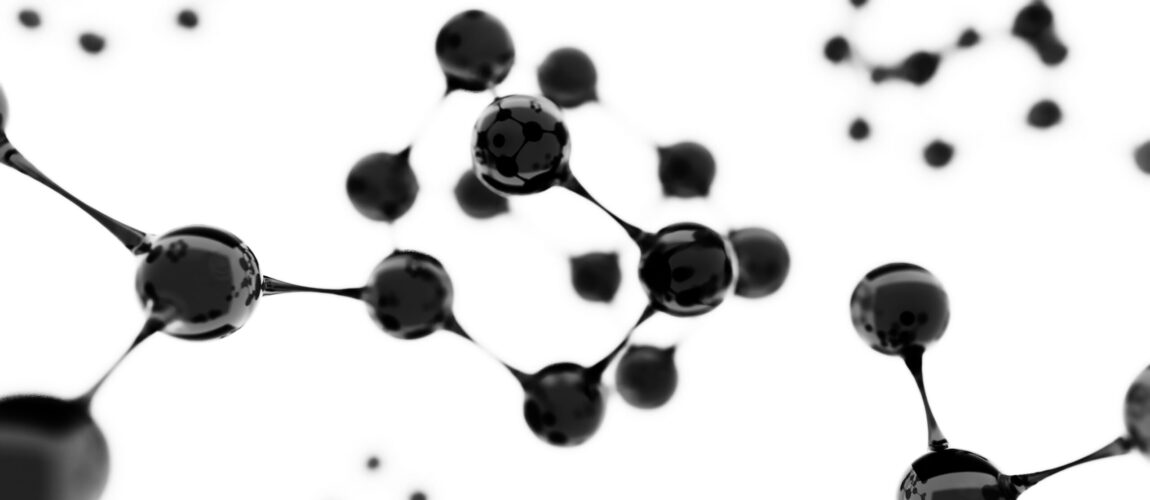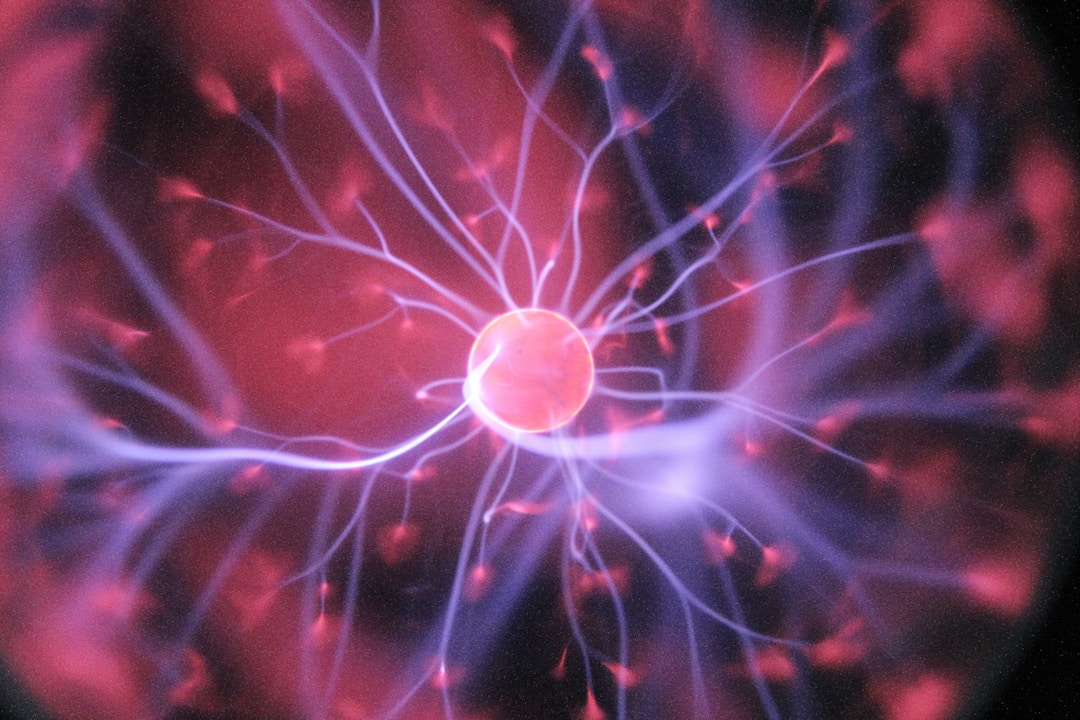
One of the essential aspects of understanding NAD IV therapy’s efficacy is exploring the scientific groundwork supporting its mechanisms. At its core, NAD IV therapy seeks to enhance the body’s existing biological processes by replenishing dwindling NAD levels. Here, we dive deeper into the science that has built the foundation of this innovative therapy.
Understanding NAD and Its Importance
NAD is a critical molecule found in every cell of our body. It’s a coenzyme, meaning it helps enzymes carry out their respective functions. NAD is involved in multiple processes such as energy production, DNA repair, cell survival, and regulating circadian rhythms.
The role of NAD in energy production is particularly vital. It helps convert the food we eat into the energy our cells need to function – a process that occurs in the mitochondria, the powerhouse of the cell. Moreover, as we age, NAD levels naturally decline. This decline is believed to be linked to various age-related health issues and decreased cellular functionality.
What is NAD IV Therapy?
NAD IV therapy is a treatment in which a concentrated dose of NAD is delivered directly into the bloodstream through an intravenous (IV) drip. This method bypasses the digestive system, ensuring almost 100% bioavailability and immediate delivery to the cells.
The procedure is relatively straightforward. A medical professional inserts an IV line, and the NAD solution drips slowly into the bloodstream. The duration of the treatment can vary, usually ranging from 2 to 4 hours depending on the dosage and the specific protocol chosen by the healthcare provider.
Potential Benefits of NAD IV Therapy
While research into NAD IV therapy is still ongoing, there have been numerous anecdotal and preliminary study-based claims about its potential benefits:
- Cellular Rejuvenation: Since NAD is pivotal for energy production in cells, increasing its levels might boost cellular health and function.
- Improved Mental Clarity and Cognitive Function: Some users report enhanced concentration, mental clarity, and cognitive function after undergoing the therapy.
- Mood Enhancement: There’s some evidence to suggest NAD IV therapy could help alleviate symptoms of anxiety and depression.
- Addiction and Withdrawal: Some clinics use NAD IV therapy as part of a holistic approach to treat addiction, claiming that it reduces cravings and withdrawal symptoms.
- Physical Endurance and Fatigue: By optimizing cellular energy production, it’s believed that NAD IV therapy can enhance physical performance and reduce fatigue.
- Anti-Aging Effects: The therapy’s potential to rejuvenate cells and boost DNA repair mechanisms may lead to anti-aging effects, though this claim is more contentious and requires further research.
The Biology of NAD in Our Cells
In all living organisms, NAD exists in two forms: NAD+ and NADH. These two states of the molecule represent its oxidized and reduced forms, respectively. The continuous conversion between NAD+ and NADH is pivotal for cellular respiration, a process integral to energy production in our cells.
When we talk about cellular energy, we’re essentially discussing adenosine triphosphate (ATP) – the primary energy currency of cells. NAD plays a vital role in generating ATP, especially in the electron transport chain within the mitochondria.
Furthermore, NAD+ is a substrate for several enzymes, including those involved in repairing DNA damage and regulating the activity of proteins that contribute to cell health. This further underscores its critical role in maintaining cellular integrity and function.
Why Direct IV Delivery?
One might wonder why we’re focusing on intravenous delivery when there are NAD supplements available in the market. The answer lies in absorption efficiency. Oral supplements need to undergo digestion, and their absorption can be influenced by various factors, including gut health and the presence of other nutrients. This can lead to inconsistent and reduced uptake of NAD.
On the other hand, IV administration ensures that NAD is directly introduced into the bloodstream, bypassing any potential absorption barriers and ensuring optimal delivery to cells. This maximizes the potential benefits by ensuring cells receive the coenzyme in its most potent form.
The Role of NAD in Sirtuins Activation

Sirtuins are a family of proteins known for their role in promoting cellular health and longevity. They’ve been the focus of numerous studies due to their potential anti-aging effects. What’s fascinating is that NAD+ is a crucial co-substrate for sirtuins, enabling them to carry out their beneficial functions.
By enhancing NAD+ levels through IV therapy, there’s potential for heightened activation of sirtuins. This could translate to improved cellular health, reduced inflammation, and better protection against cellular stressors, further adding to the list of potential benefits of NAD IV therapy.
NAD and Neuroprotection

The brain, with its vast network of neurons and intricate processes, is highly energy-dependent. Therefore, it’s unsurprising that NAD, a molecule pivotal for energy production, would have implications for neurological health.
Recent studies have shown that NAD can offer neuroprotective effects. By supporting cellular energy production and activating pathways that protect nerve cells, increasing NAD levels might prove beneficial in combating neurodegenerative diseases and cognitive decline. This provides a promising avenue for future research, especially in the context of conditions like Alzheimer’s and Parkinson’s Disease.
Optimizing NAD IV Therapy with Co-Factors
While NAD alone has demonstrated various potential benefits, the synergy of combining it with other vital nutrients can amplify its effects. For instance, combining NAD with compounds like Vitamin B12, Vitamin C, or magnesium might enhance cellular energy production or provide additional antioxidant benefits.
Some clinics are exploring customized NAD IV therapy cocktails tailored to individual needs. By analyzing a patient’s specific deficiencies or health goals, these cocktails can be adjusted to provide the most therapeutic benefit.
Skepticism and the Need for More Research
While there’s genuine excitement about the potential of NAD IV therapy, it’s equally crucial to approach it with a healthy dose of skepticism. The medical community agrees that while preliminary findings are promising, there’s a dire need for more extensive, well-structured clinical trials to validate the benefits and ensure the therapy’s long-term safety.
The anecdotal evidence and initial studies provide a foundational understanding, but the gold standard in medicine requires rigorous testing and peer review. As such, potential patients and medical practitioners should stay updated with the latest research findings and always weigh the benefits against potential risks.
The Road Ahead for NAD IV Therapy
The medical community’s interest in NAD and its therapeutic applications has surged in recent years. As more research is conducted, we’ll gain a clearer understanding of the therapy’s efficacy, optimal dosages, and potential long-term effects. In the meantime, for those intrigued by the treatment, it’s always advisable to consult with a medical professional who is well-versed in NAD IV therapy to discuss potential benefits and risks tailored to individual health needs.
Tailoring NAD IV Therapy to Individual Needs
Every individual is unique, both in their genetic makeup and their life experiences. This means that the way one person responds to NAD IV therapy might differ from another. Personalized medicine, which tailors treatments to individual genetic and biochemical profiles, is an emerging field that can be particularly relevant for therapies like NAD IV.
By considering factors like an individual’s metabolic rate, genetic predispositions, and specific health challenges, it might be possible to optimize NAD IV therapy protocols for better results. The future could see a combination of genetic testing and advanced diagnostics being used to fine-tune NAD IV treatments, ensuring that patients receive the maximum benefit from this groundbreaking therapy.